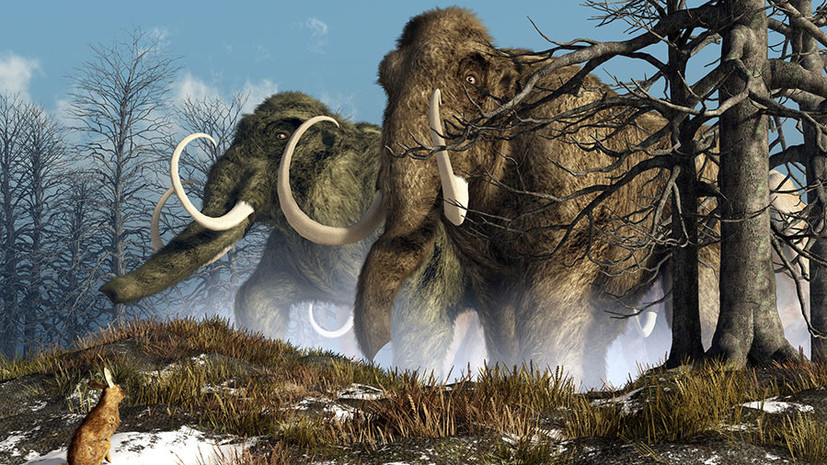A group of researchers from Russia and Japan partially revived the cell nuclei from the tissues of the woolly mammoth Yuki, who died about 28 thousand years ago. The remains of a glacial mammal were discovered in the permafrost of Yakutia in 2010.
The researchers conducted an experiment in which they attempted to achieve nuclear fission from mammoth cells. For this purpose, scientists have extracted protein structures from the bone marrow and muscle tissue of Yuki. A total of 88 such samples were collected from 273.5 mg of mammalian cell tissue.
After that, the specialists transplanted nuclear structures into the living eggs of mice. As a result, several modified oocytes showed signs of activity. However, egg division was not observed.
As a result of the study, the specialists only partially restored the biological activity in the mammoth cells. Nevertheless, scientists believe that they managed to make "a big step towards the resurrection of extinct ancient animals." Moreover, the researchers are confident that in the future they will be able to recreate other cellular processes, for example, DNA replication. Using the new method, it is already possible to estimate the biological activity in the nuclei from cells of extinct animals.
“Once we get the cell nuclei that are in the best condition, we can bring the experiment to the stage of cell division,” one of the authors of the study, Kay Miyamoto of Kindai University (Japan), told Asahi Shimbun.
According to scientists, the current level of technology development does not allow cloning of long-disappeared animals, but thanks to similar studies, this moment is approaching.

